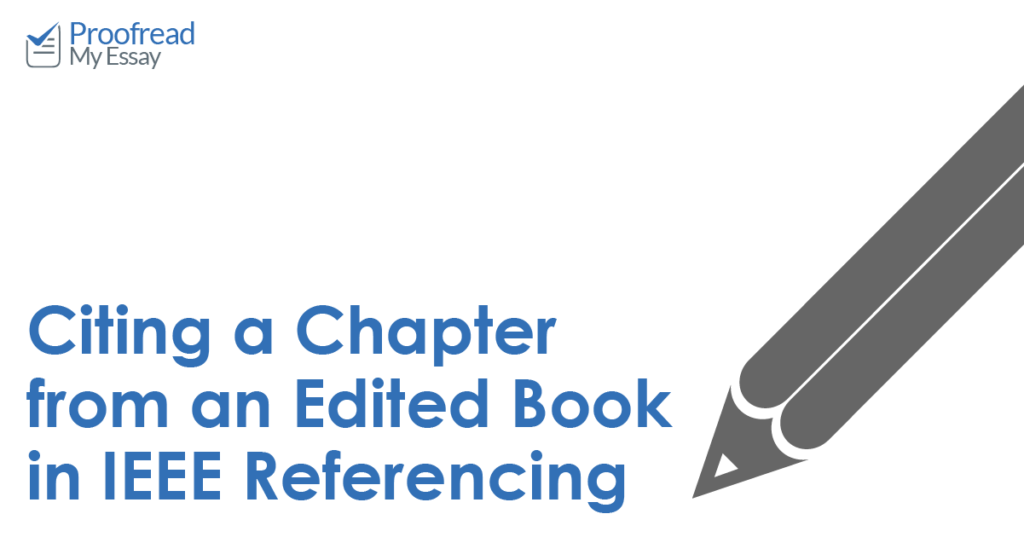IEEE referencing is used in subjects such as computing and engineering. It’s also the system used in journals published by the Institute of Electrical and Electronics Engineers. And in this post, we’re going to look at how to cite a chapter from an edited book using this referencing style.
In-Text Citations for a Chapter from an Edited Book
To cite a source in IEEE referencing, give a citation number in brackets:
The new electrolysis technique proved effective [3].
These bracketed numbers point to a source in the reference list, with sources numbered in the order they are first cited in your document. The citation above, for example, would indicate the third source in the reference list, so it would also be the third source cited in the document.
We would then use the same number if we cited the same source again. Variations on this system include:
- Giving the citation immediately after the author’s name if you have named the author in the main text of your paper.
- Citing a page number when quoting a source directly.
You can see examples of these in our overview of IEEE referencing.
Find this useful?
Subscribe to our newsletter and get writing tips from our editors straight to your inbox.
Edited Books in the Reference List
If you have cited a chapter from an edited book, list the full publication details in the reference list at the end of your document. The format to use is:
[#] INITIAL(S) Surname, ‘Chapter Title’, in Book Title, Editor Name, Ed. Place of publication: Publisher, Year, Page numbers.
In practice, then, the reference list entry for a chapter from an edited book would look like this:
[3] B. Smith, ‘A Comparison of Recently Developed Methods of Enhanced Electrolysis’, in Innovations in Engineering, K. Jones, Ed. London: PME & Co., 2017, 13-41.
This would be the third entry in the reference list, as indicated by the bracketed number. Make sure that the number in the reference list matches the one used to cite the source in the main text. And don’t forget to include a small hanging indent for each line after the first in the entry.



